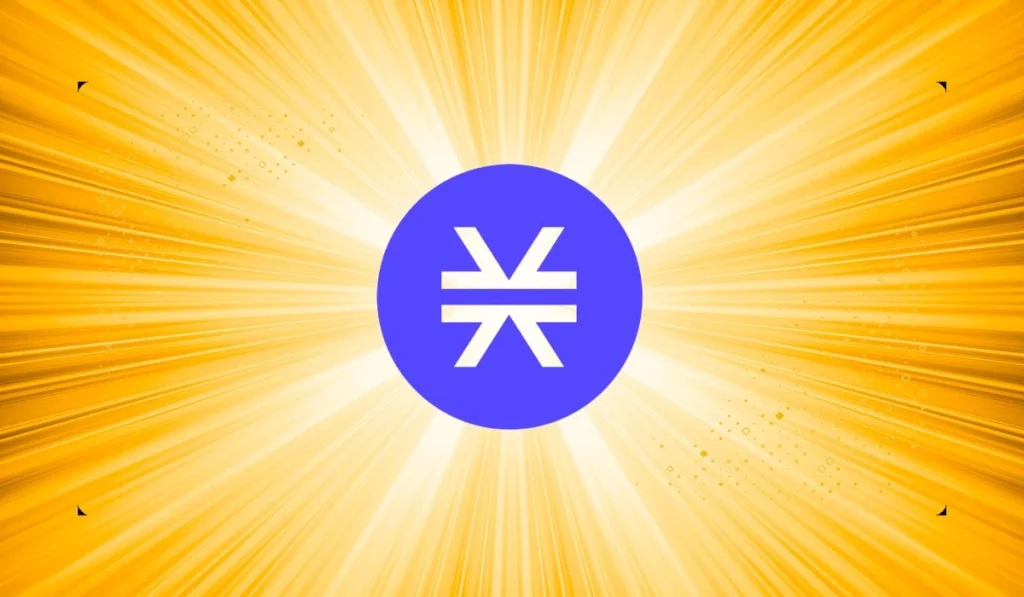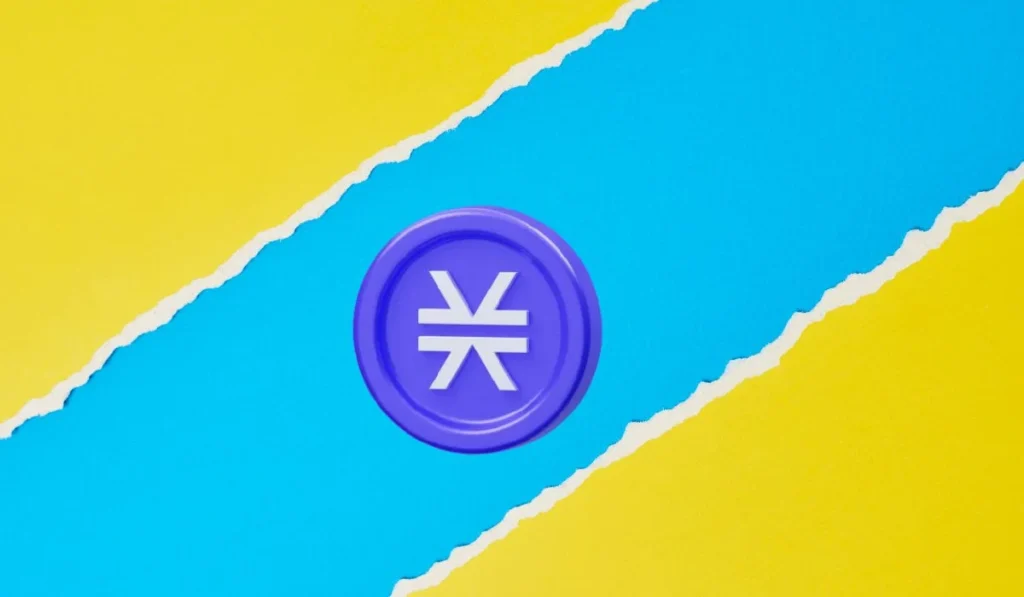Stacks is a blockchain project that seeks to bring smart contract functionality and decentralized applications to the Bitcoin network. The protocol is a Layer-1 solution that uses Bitcoin as its base layer and is powered by the STX token.
This article is a comprehensive guide to Stacks, where we will touch on the project’s basics and also explain how it works. We will also learn more about the STX token, understand what purpose it serves on the network, make price predictions for it until 2030, and list exchanges to buy the token from, before determining whether it is a credible cryptocurrency project.
So, without further ado, let’s get started.
What is Stacks (STX)?
Stacks is an innovative blockchain project that aims to extend the capabilities of Bitcoin by laying a foundation for DApps and smart contracts on the blockchain. The protocol creates a unique platform where Bitcoin not only serves as a store of value but also as a programmable base layer for Layer-1 solutions.

The DApp functionality on Stacks is open source and modular, meaning that developers can build on top of other applications and generate features that wouldn’t normally be possible on Bitcoin. Additionally, Stacks depends on Bitcoin’s security, making it one of the safest Layer-1 protocols out there.
How Does Stacks (STX) Work?
Stack operates as a Layer-1 blockchain that interacts with the Bitcoin network with the help of two parties: Miners and Stackers. This interaction is regulated using a unique consensus mechanism called Proof of Transfer or PoX.
PoX allows for the creation of a decentralized platform that supports smart contracts and DApps, and utilizes the security of the Bitcoin network. The protocol uses its own programming language called Clarity, which further enhances its security by facilitating the development of predictable smart contracts without the need for a compiler.
The ecosystem features applications like the Blockchain Naming System (BNS) that allow for the registration of globally unique names and cryptocurrencies.
Interestingly, on the Stacks ecosystem, miners don’t actually do any mining. Instead, they exchange BTC that has already been mined and stake it on the network to earn STX coins. Each block mined on Stacks stores user identity and transactional metadata, which is then used to interact with all applications in the ecosystem.
Any changes to the Stacks ID, wallet balances, or smart contracts can be verified on the Bitcoin network.
What is the Stacks (STX) Token?
STX is the native utility and governance token of the Stacks ecosystem. It is used to pay for transactions, execute smart contracts, and participate in the Stacks consensus mechanism.
“Stacking” allows STX holders to lock their tokens temporarily on Stacks to support the network consensus and earn rewards in Bitcoin, providing a unique bridge between Stacks and Bitcoin blockchains.
STX has a maximum supply of 1.818 billion tokens, out of which, 1.455 billion STX are currently in circulation. The market capitalization of Stacks stands at $3.756 billion and the network attained a 24-hour trading volume of $108.26 million.
At the time of writing, STX is trading at $2.06 – up 2.8% in the last 24 hours.
Stacks (STX) Price Prediction: 2024, 2025, 2026, 2027, 2028, 2029, 2030
| YEAR | MINIMUM PRICE | AVERAGE PRICE | MAXIMUM PRICE |
| 2024 | $2.94 | $3.94 | $5.22 |
| 2025 | $4.33 | $5.17 | $6.01 |
| 2026 | $5.18 | $6.06 | $6.96 |
| 2027 | $5.84 | $6.85 | $7.86 |
| 2028 | $7.13 | $8.17 | $9.21 |
| 2029 | $8.22 | $9.54 | $10.87 |
| 2030 | $9.15 | $10.84 | $12.53 |
Where to Buy Stacks (STX)?
STX is available to purchase and trade on the following cryptocurrency exchanges:
Is Stacks (STX) a Credible Cryptocurrency Investment?
Stacks (STX) is a unique layer-1 solution that enables decentralized applications and smart contract functionality on the Bitcoin blockchain. The protocol uses a unique consensus called Proof of Transfer (PoX) to verify and add transactions, execute smart contracts, and deploy DApps on Bitcoin.
The ecosystem leverages the security of the Bitcoin network to protect its users. Stacks also provide miners with an additional source of income where they get the opportunity to support the network in exchange for their BTC and earn STX in return.
Future price projections show that Stacks has room for growth and development as L1 networks gain popularity on Bitcoin. All things considered, I would say Stacks is a credible cryptocurrency and blockchain project that you should keep an eye out for.
However, as is the case with every cryptocurrency, STX is also prone to extreme price fluctuations. Therefore, you need to conduct thorough research before making any investment decision regarding Stacks.
More Articles: Voyager (VGX) Price Prediction 2024-2030, Where To Buy, Is It A Good Cryptocurrency Investment?
